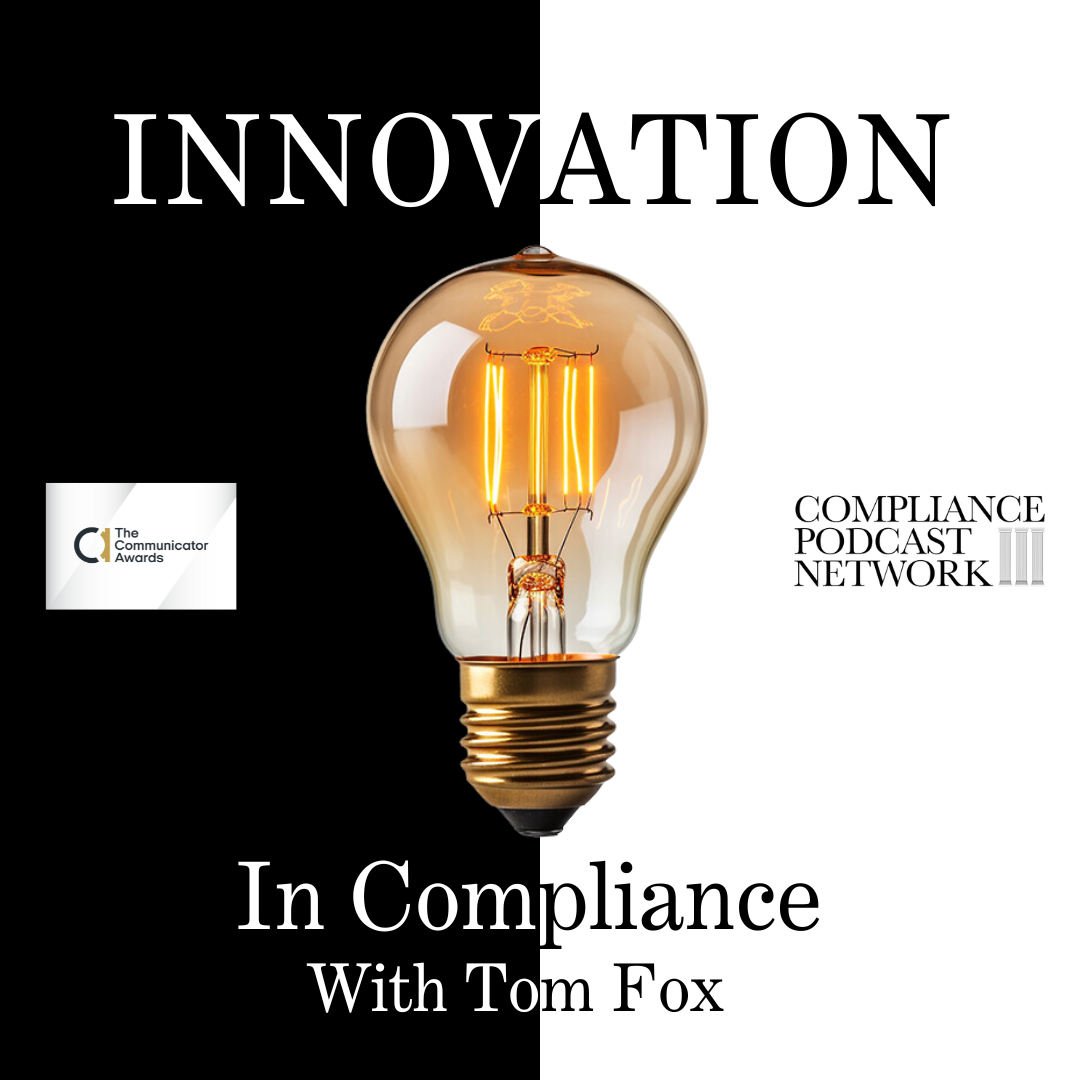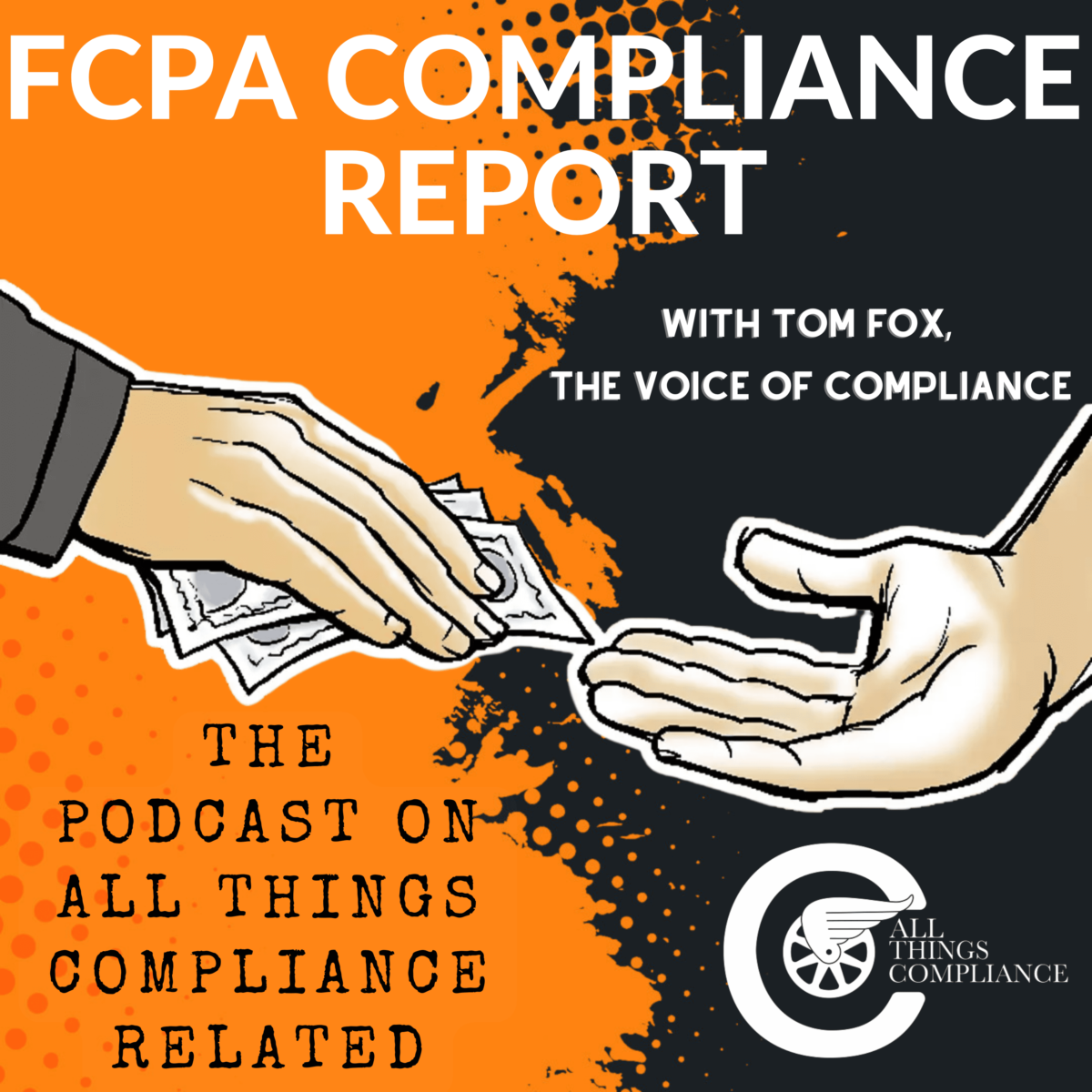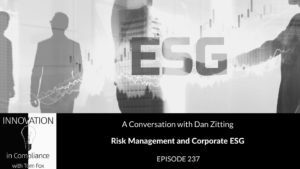Welcome to this special podcast series, Series Spotlight: Revolutionizing GRC with 6clicks, sponsored by 6clicks. This week I visit with Joe Schorr, Vice President (VP) of Global Channel Sales, Andrew Robinson, co-founder and Chief Information Security Officer, Stephen Walter, head of Marketing, Dr. Heather Buker, Chief Technology Officer, and Ant Stevens, co-founder and Chief Executive Officer. Over the series, we will break down 6ckicks Hub and Spoke approach, utilizing Artificial Intelligence (AI) and Machine Learning in governance, risk and compliance (GRC), curating and maintaining a robust GRC content, producing audit ready reports, and look at what’s next for 6clicks down the road. In Part 3, I am joined Stephen Walter to discuss curating and maintaining robust GRC content.
One of the more difficult issues facing the GRC professional or someone new to the space is the seemingly complexity of the issues in GRC. They can literally be overwhelmed. In a multinational organization there will be a myriad of different regulations. Of course, there is data literally across the organization, in multiple silos. Even if the compliance or GRC professional can get access to the data, they probably cannot interpret the data or, more importantly, know how to use it going forward.
Walter said that for someone just starting out at a budding GRC program “navigating the complexities of achieving and maintaining, compliance within a number of regulations and or authorities can be quite daunting.” With all these regulatory compliance requirements, comes content needs. Curating the needed content which could be regulatory or compliance content or it could be as wide and as varied as “content assessments, audits, frameworks, best practice, risk libraries, policies, and control sets.” Providing and housing all of these can present some serious challenges. Next, overlay that content spread through different management systems like Google or SharePoint; together with mailboxes and, as Walter notes, “it really creates chaos. Next consider outdated regulations, leading to outdated risk management policies and other required internal content materials, can all equal noncompliance with the legislations.”
One interesting observation was that because risk and compliance has been elevated in organizations, right up to the Board agenda, these conversations are resonating with companies. This allows smaller companies to have more robust risk and compliance functions through the use of GRC tools and advisors. Walter is seeing much less of a top-down approach where unilateral decisions are made the top. It can now be a more bottom-up approach, democratizing the approach to risk and compliance and bringing in the people that are actually in the trenches to convey their message upward in the company as well. This can make the job of a GRC professional much easier with the wide variety of stakeholders involved, there is something for everyone. A GRC tool allows for the jettisoning of outdated methods and processes so a company can innovate itself into a better system.
We turned to the pace of change brought about by the pandemic. As I have noted elsewhere, we had three to five years of change in 2020 alone. This was certainly true of the GRC space. Walter noted that 2020 and 2021 were “massive storms for regulators.” He pointed to cyber and information security as key areas that saw massive change both in the number of cybercrimes and the regulatory responses to them. Now overlay that with the increasingly complex system of regulations and rules that companies have to navigate, such as General Data Protection Regulation (GDPR), the California Consumer Privacy Act (CCPA) and even the cybersecurity laws of the People’s Republic of China (PRC), and you begin to see how risk in one area has grown almost exponentially. Of course, other regulatory responses from the US to Australia have been forthcoming so multi-national organizations face a wealth of new regulatory challenges. Simply keeping up with the regulatory changes can be daunting and using spreadsheets and word documents are simply not enough in 2021.
We then discussed the pace of change both on the regulatory and technology side. Many companies are still stuck in what Walter called the “Dinosaur Age” of using basic word processing skills and tools. Regulators in each country expect companies to know, understand and follow their respective laws and regulations. What is the response of a small to medium sized organization, who is resistant to the required change management and indeed in some ways is “a weird kind of cognitive dissonance?” However, this is the precise reason “why GRC solution tools are going gangbusters for affordability reasons at the moment.” Yet Walter cautioned “you need to be careful what GRC tool you adopt and make sure it’s not just a legacy tool with a facelift.”
Walter concluded with a few thoughts on the 6clicks content library, which he termed “massively rich.” It all begins with authority documents which are the standards, laws, and regulations. From there you move down to policies, which are the measures you put in place to mitigate risk or demonstrate compliance with the controls within them. Next these controls have responsibilities, such as “who does what, how often and when the control measures, which those responsibilities are maintain the effectiveness of that control.” Those are all there already inside the 6clicks content library and you can create your own.
This allows a GRC professional or a risk and compliance professional to put all of these documents into a system and manage it all in the one place. It creates what Walter called “a single point of truth, where you can keep an eye on everything, both internally and externally with the hub and spoke, which is multi entity.” If you are at a company with multiple entities running multiple autonomous GRC programs, “you can keep an eye on that too.” Finally, the control tool authority gap analysis with an AI engine can then identify where those issues may exist. As Walter concluded, “I think once you bring all of that together, you’ve really got something very, very special.”
Join us tomorrow where we take up the topic of producing audit-ready reports with 6clicks Pixel Perfect™, with 6clicks Chief Technology Officer, Dr. Heather Buker.
For more information on 6clicks, check out their website here.









